Growing perfect, flavorful peppers at home is incredibly rewarding, but a few common mistakes can lead to small, bitter, or low-yielding plants. Whether you’re growing bell peppers, jalapeños, or hot chilies, avoiding these pitfalls will help you get bigger harvests and healthier plants.
In this article, we highlight 13 pepper growing mistakes to avoid. From planting too early and improper watering to nutrient imbalances and lack of pollination, we’ll help you troubleshoot the most common issues. Follow these tips, and you’ll be on your way to vibrant, productive pepper plants all season long!
Planting Peppers Too Early
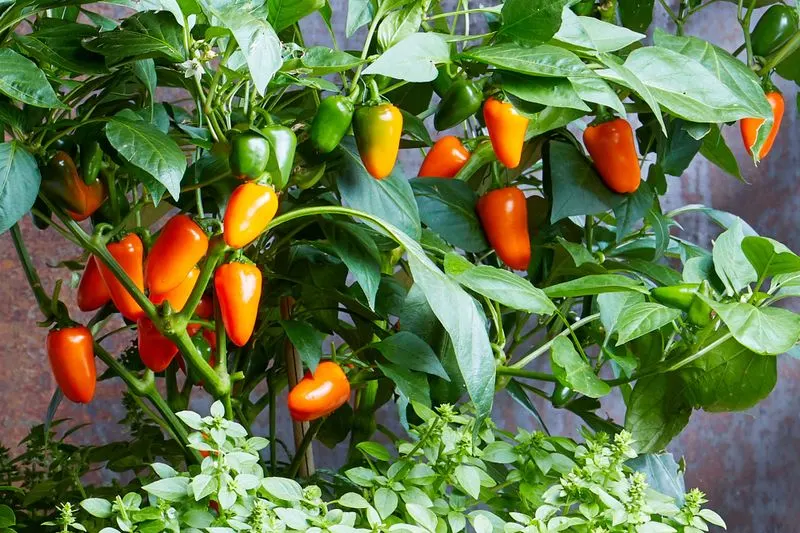
Planting peppers too early can lead to poor growth. These plants prefer warm soil and air temperatures. Planting should wait until the danger of frost is long gone. If planted in cold soil, peppers often fail to thrive and may become stunted. A soil thermometer is handy for checking if the ground has warmed adequately. Waiting for nighttime temperatures to consistently stay above 50°F can make a significant difference. Keep young plants indoors until conditions are right. There are ways to warm the soil, such as using black plastic mulch, to give peppers a better start.
Overwatering
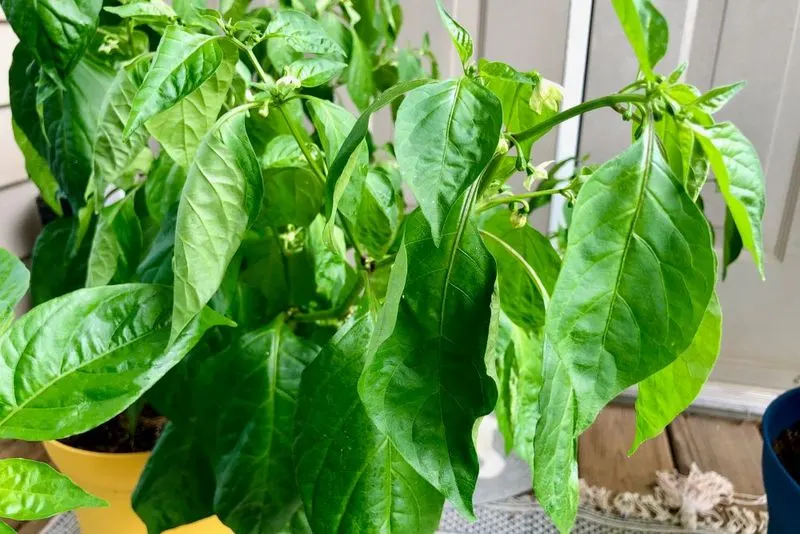
Too much water can drown your pepper plants, leading to root rot and other ailments. Peppers need well-draining soil and should only be watered when the top inch feels dry. It’s a common mistake to equate frequent watering with healthy plants. Instead, ensure proper drainage and water deeply but less often. When in doubt, it’s safer to underwater than overwater. Yellowing leaves can be a symptom of overwatering. By observing your plants and adjusting accordingly, you can maintain the right balance of moisture. Mulching can help retain moisture without overdoing it.
Poor Soil Quality
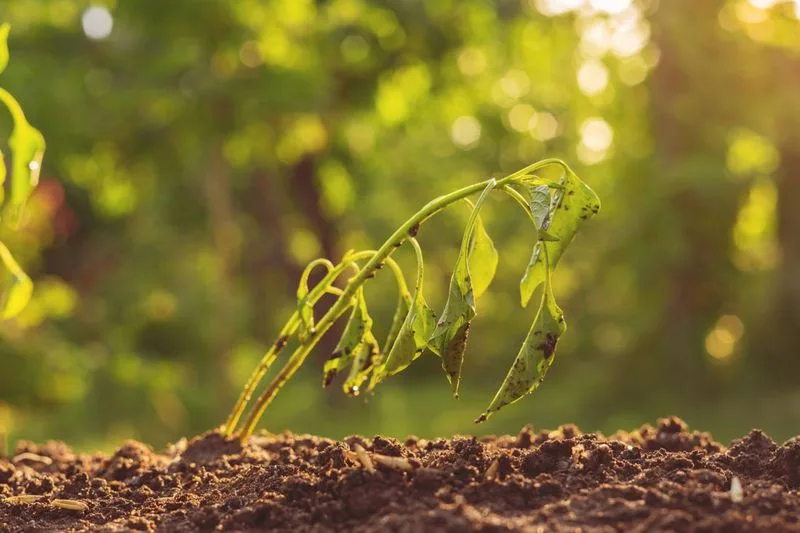
Soil quality directly affects pepper growth and fruit production. Poor soil lacks essential nutrients like nitrogen, phosphorus, and potassium. Conducting a soil test can reveal deficiencies. Amending the soil with compost and organic matter enriches it, promoting healthy root development. Without proper nutrients, peppers may produce small or misshapen fruits. Regularly feeding your plants with a balanced fertilizer can make a noticeable difference. Avoid sandy or heavy clay soils unless amended. Creating the right environment for your peppers starts with understanding and improving your soil’s condition.
Inadequate Sunlight

Pepper plants require ample sunlight, ideally 6-8 hours a day. Planting them in shaded areas can hinder growth and fruiting. Without enough light, plants become leggy and produce fewer peppers. It’s crucial to select a sunny spot for your garden or consider container gardening to optimize light exposure. Sometimes rearranging garden layouts to avoid shading from taller plants can solve the issue. Reflective surfaces or grow lights can support indoor plants. Regularly checking and adjusting plant placement ensures they receive the necessary energy from the sun.
Ignoring Pest Control
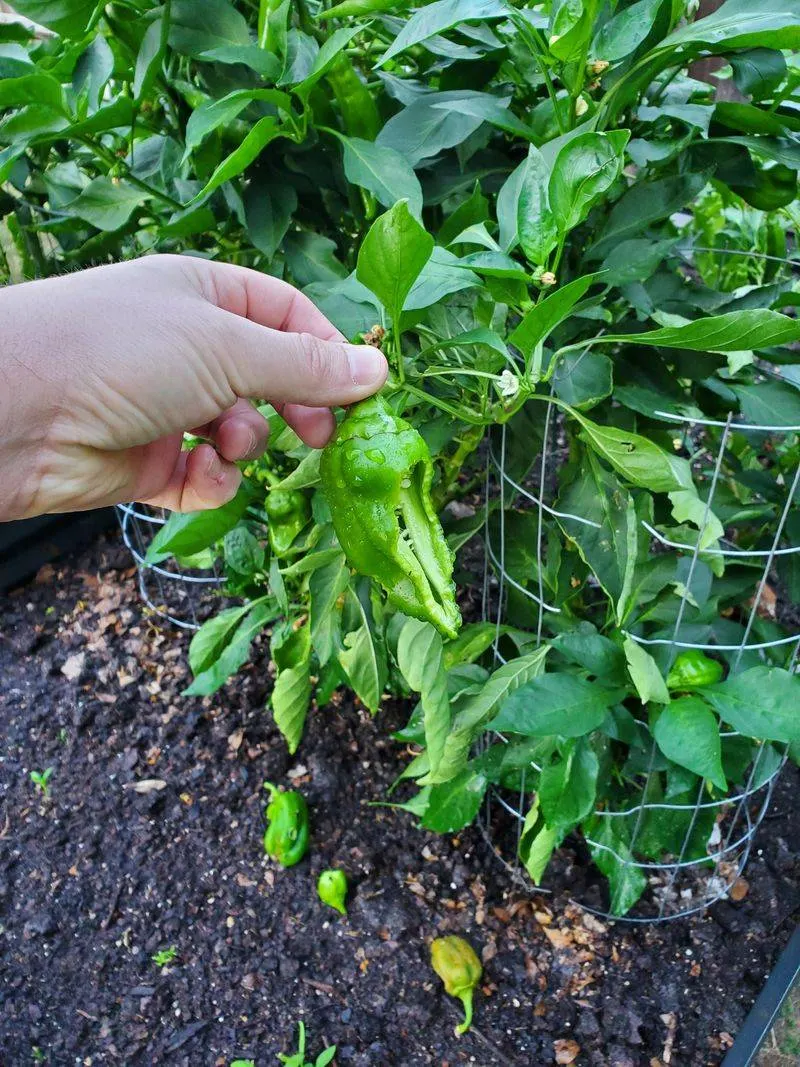
Pests like aphids and spider mites can devastate pepper plants if left unchecked. Regular inspection is vital to catch these tiny invaders early. Ignoring pest problems allows them to multiply rapidly, causing significant damage. Implementing natural or chemical controls as soon as pests are spotted can save your plants. Companion planting with marigolds or basil can deter common pests. It’s about maintaining vigilance and acting promptly. Encouraging beneficial insects like ladybugs can also keep pest populations in check. Your quick response can prevent a small issue from becoming a big problem.
Not Supporting Plants
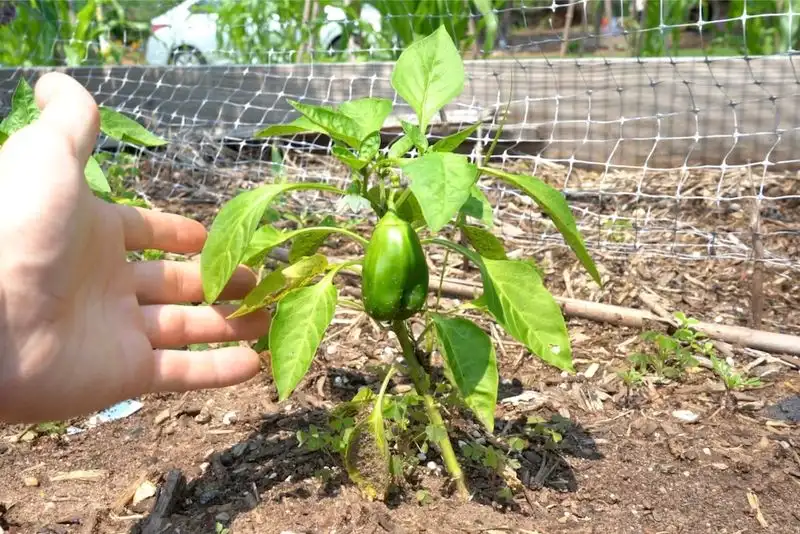
As pepper plants grow and produce fruit, they can become top-heavy and require support. Failing to provide stakes or cages may lead to broken branches. This oversight often results in damaged plants and lost harvests. Tall varieties especially need extra support to withstand wind and rain. Using stakes, cages, or trellises helps maintain plant structure. Regularly check and adjust supports as plants grow. Supporting your plants is a simple step that ensures they remain upright and productive. It also keeps fruits off the ground, reducing the risk of rot and pests.
Incorrect Spacing
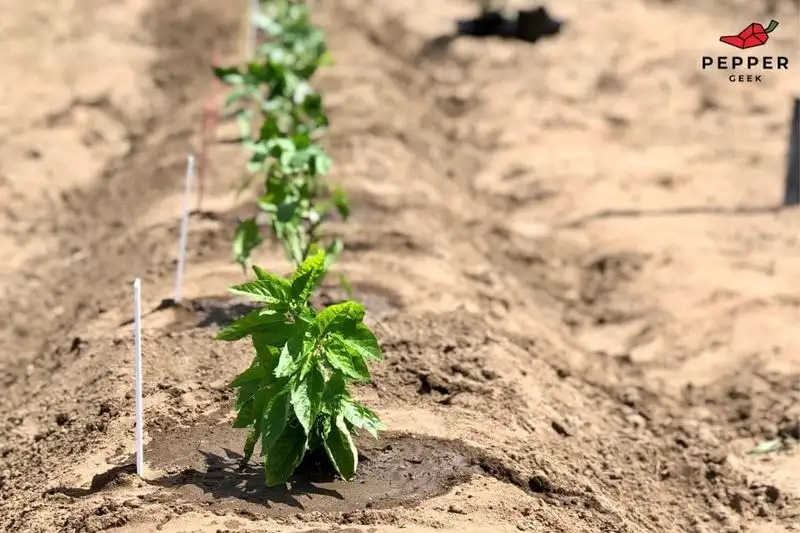
Crowding pepper plants can limit their growth and airflow, leading to fungal diseases. Correct spacing allows each plant to access nutrients, light, and air circulation. This mistake is often made in smaller gardens where space is tight. Planting too close together can also make harvesting more difficult. Follow recommendations for plant spacing, usually 18-24 inches apart. This provides room for roots to expand and for proper plant development. Overcrowding can be costly, affecting both the quality and quantity of your harvest. Proper spacing is key to a thriving pepper garden.
Neglecting Pruning

Pruning pepper plants can enhance their growth and productivity. Neglecting this practice may result in tangled plants with fewer fruits. Removing excess foliage improves air circulation, reducing disease risk. It also allows the plant to direct energy towards fruiting rather than leaf production. Regularly inspecting and pruning can prevent issues before they start. However, over-pruning can stress the plant, so moderation is key. Understanding the balance in pruning helps maintain healthy and robust plants. Guided pruning contributes to a more bountiful harvest with larger and tastier peppers.
Using Wrong Fertilizer
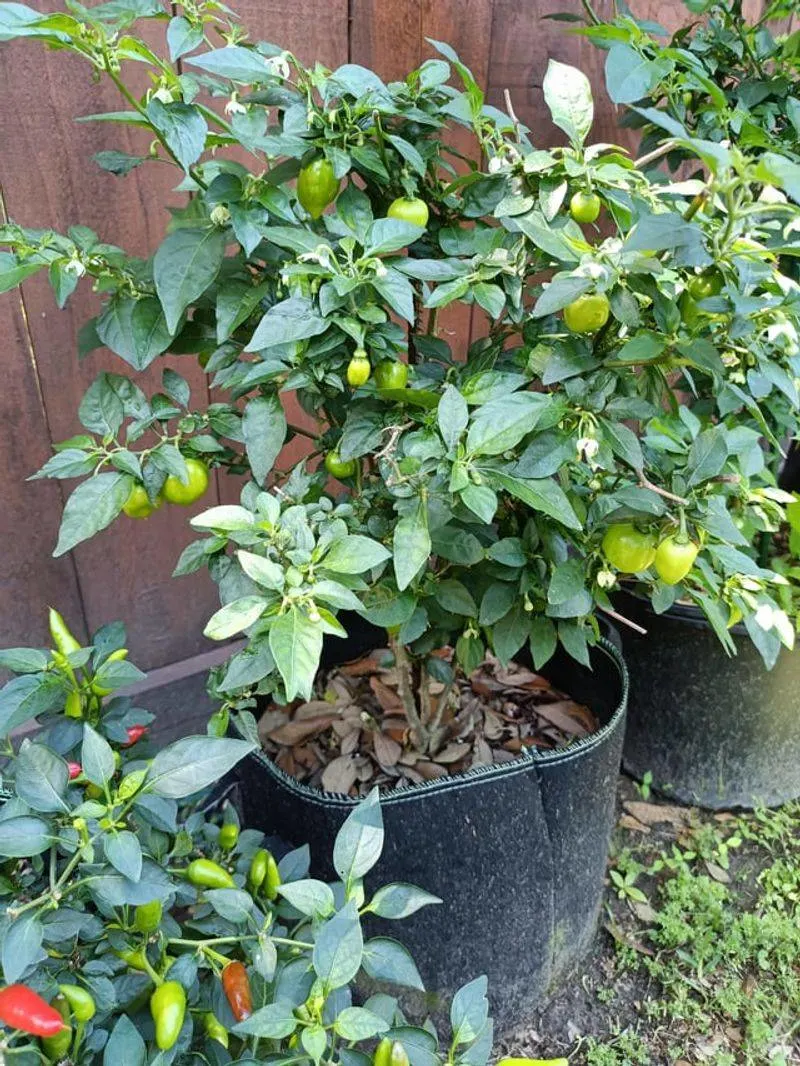
Using the wrong fertilizer can impede pepper growth. Different fertilizers cater to specific plant needs. Peppers require balanced nutrients, and too much nitrogen can lead to lush foliage but poor fruiting. An understanding of fertilizer composition helps in selecting the right one. Reading labels and following application instructions is crucial. Organic options provide a safer alternative for both plants and the environment. Applying a slow-release fertilizer at planting and side-dressing during growth can be beneficial. Avoid high-nitrogen fertilizers to ensure a healthy balance and fruitful harvest.
Failure to Rotate Crops
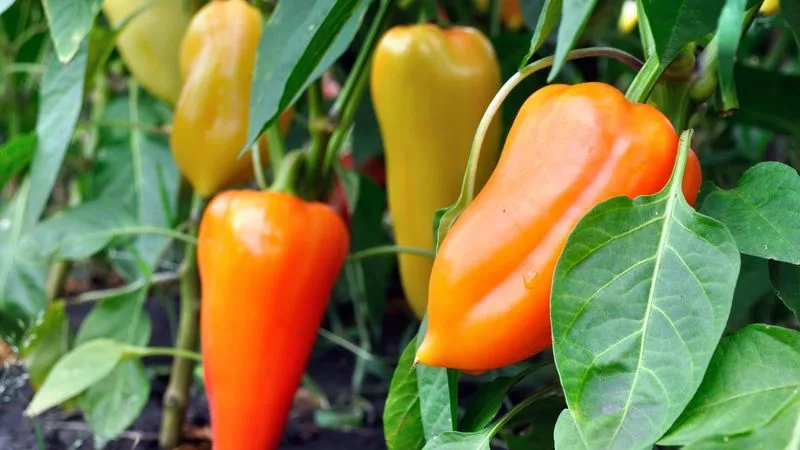
Crop rotation is essential to prevent soil depletion and pest build-up. Growing peppers in the same spot year after year can lead to problems. Rotating crops disrupts pest cycles and improves soil health. Planning a rotation schedule allows the soil to recover and rejuvenate. This practice helps in maintaining a sustainable garden. By mixing up plant locations, you can enhance overall productivity. Avoid planting peppers in the same place more than once every three years. Crop rotation is a proven strategy to prevent disease and support long-term garden success.
Overlooking Climate Suitability
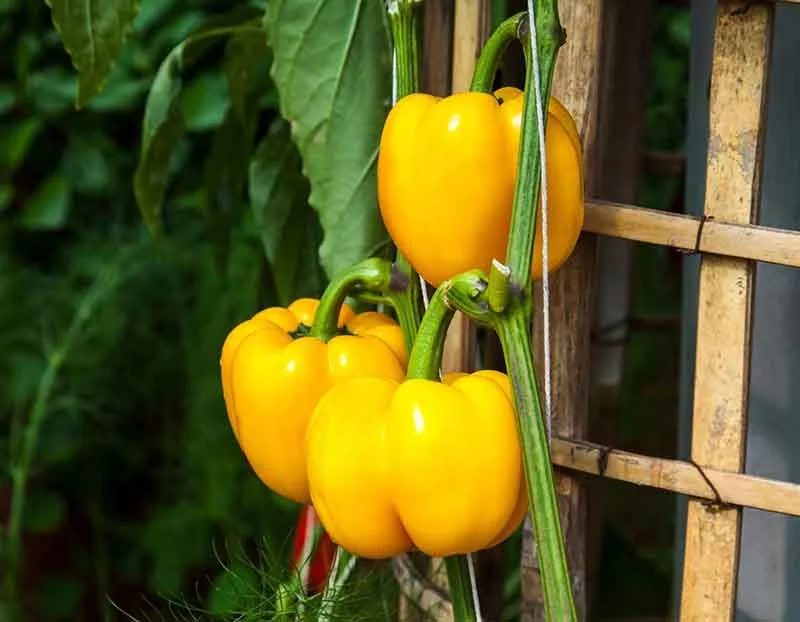
Understanding your local climate is crucial for pepper success. Some varieties thrive in warm conditions, while others tolerate cooler climates. Planting the wrong type can lead to poor growth and fruiting. Researching pepper varieties suited for your region saves time and effort. Consideration of heat, humidity, and frost dates guides the planting schedule. Using microclimates in your garden can help buffer extreme conditions. Selecting the right varieties ensures that peppers flourish in your specific environment. Adjusting plant care to match climate conditions optimizes growth and yield.
Lack of Consistent Care
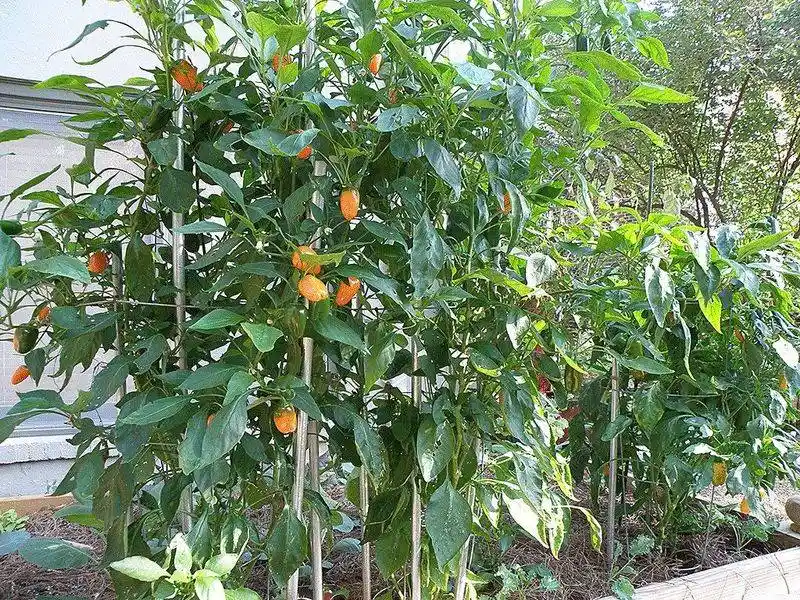
Consistency in care is vital for healthy pepper plants. Neglecting regular maintenance can lead to pest problems, nutrient deficiencies, and poor yields. Scheduling regular watering, fertilizing, and pruning keeps plants thriving. Weeds compete with peppers for nutrients and should be controlled. Observing plants for signs of stress or disease allows for quick intervention. Consistent attention ensures that issues are addressed promptly. Even with busy lifestyles, dedicating time to your garden can make a significant difference. A well-maintained garden rewards with abundant and quality produce.
Ignoring Local Pests and Diseases
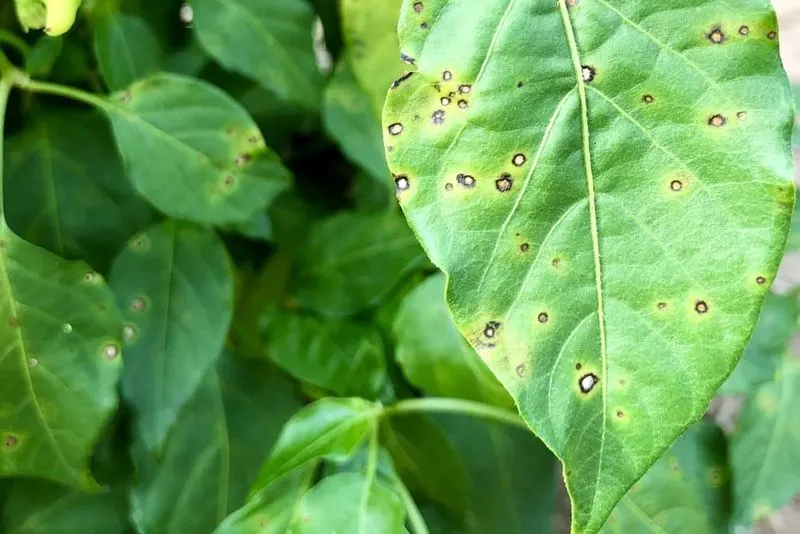
Understanding local pests and diseases is crucial for managing pepper health. Each region has specific challenges that can affect your plants. Ignoring these can lead to unexpected problems. Local gardening resources and extension services can provide valuable information. Knowledge of specific threats allows for targeted prevention and control measures. Implementing resistant varieties and proper hygiene practices can mitigate risks. Early detection and treatment are vital in minimizing damage. Staying informed about local conditions ensures that your garden remains healthy and productive. Awareness is key to successful pepper cultivation.

